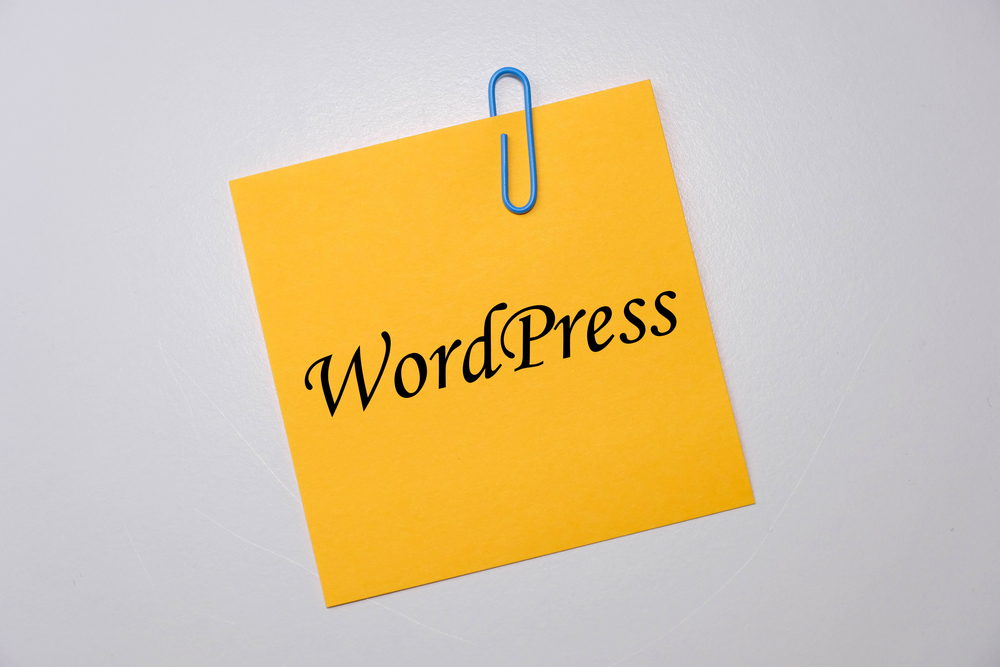
Introduction:
WordPress is undoubtedly one of the most popular content management systems (CMS) in the world. It powers over 39% of all websites on the internet, ranging from personal blogs to corporate websites and even e-commerce platforms. Its versatility, ease of use, and extensive customization options make it a favorite among beginners and experienced web developers alike. In this article, we will delve into essential tips and tricks to help you master WordPress (or WP) , whether you're a beginner looking to create your first website or an experienced user wanting to enhance your customization and maintenance skills.
1. Choosing the Right Theme:
The first step in creating a captivating WordPress (the blogging platform) website is selecting the right theme. WordPress (WP) offers thousands of free and premium themes that determine your website's layout, design, and overall aesthetic appeal. Free themes are a great starting point, but if you want a more unique and customizable website, investing in a premium theme is worth considering. Paid themes often provide additional features, better support, and regular updates, enhancing your website's functionality and security.
2. Customizing Your WordPress (the platform for bloggers) Theme:
Once you have installed your chosen theme, it's time to customize it to suit your brand and style. WordPress offers various customization options such as changing the logo, colors, fonts, and layout. Access the WordPress Customizer by navigating to Appearance > Customize in your WordPress dashboard. From there, you can explore various sections like Site Identity, Colors & Backgrounds, and Typography to modify your theme. Additionally, some themes offer their own customization panels, allowing you to make changes without delving into the code.
3. Exploring Plugins:
Plugins are one of the key elements that make WordPress extremely powerful and versatile. Whether you need to add a contact form, improve your website's SEO, or integrate social media platforms, there is a plugin for almost everything. However, it's crucial to choose the necessary plugins carefully, as installing too many can slow down your website and even cause conflicts. Opt for well-reviewed plugins with regular updates from reputable developers. Utilize the WordPress Plugin Directory to search for plugins based on your website's requirements, and always read user reviews before making a decision.
4. Optimizing for Search Engines:
WordPress is known for its search engine optimization (SEO) capabilities, but there are still a few tricks to ensure your website ranks higher in search results. Start by installing an SEO plugin like Yoast SEO or All in One SEO Pack, which provide comprehensive tools to optimize your content, meta tags, and XML sitemaps. They also generate reports on how to improve your posts and pages to attract more organic traffic. Additionally, focus on optimizing your images by using descriptive alt tags, compressing file sizes, and hosting them on a reliable CDN (Content Delivery Network).
5. Regular Updates and Maintenance:
WordPress releases frequent updates to improve functionality, security, and compatibility with newer technologies. It is essential to keep your WordPress core, themes, and plugins up to date to ensure smooth operation and minimize the risk of security vulnerabilities. Control your updates by navigating to Dashboard > Updates in your WordPress admin panel. However, before updating, always create a backup of your website to avoid any potential complications. Moreover, regular maintenance tasks like cleaning up your database, optimizing loading speed, and monitoring errors and broken links should be performed for enhanced performance.
6. Frequently Asked Questions:
Q1. How do I install WordPress?A1. Installing WordPress is a simple process. Most web hosting providers offer one-click installations. Follow their provided instructions or consult their support documentation for specific steps.
Q2. Can I customize my WordPress theme without coding skills?
A2. Yes, WordPress provides an intuitive interface called the WordPress Customizer, allowing you to customize your theme's appearance without writing any code.
Q3. How do I choose the right plugins for my website?
A3. Consider your website's requirements and read reviews and ratings on the WordPress Plugin Directory. Look for plugins that are frequently updated, have good support, and positive user feedback.
Q4. Is it necessary to update WordPress, themes, and plugins regularly?
A4. Yes, updating WordPress, themes, and plugins is crucial for security, performance, and compatibility reasons. Always back up your website before performing any updates.
Q5. What are the benefits of using an SEO plugin for my WordPress website?
A5. SEO plugins provide tools and guidance to improve your website's visibility in search engine results. They help optimize your content, meta information, and provide suggestions to enhance your overall SEO strategy.
Conclusion:
Mastering WordPress requires a combination of dedication, exploration, and continuous learning. By following these essential tips and tricks, you can unleash the full potential of WordPress, customize your website to align with your brand, and ensure it functions seamlessly. Remember to choose a suitable theme, explore plugins wisely, optimize for search engines, and perform regular updates and maintenance tasks. With consistent effort and harnessing the power of WordPress, you can create an outstanding website that stands out from the crowd.
Other useful resources
- https://www.wordpress24plus.com/services/wordpress-development/
- https://www.wordpress24plus.com/wordpress-tools-directory/